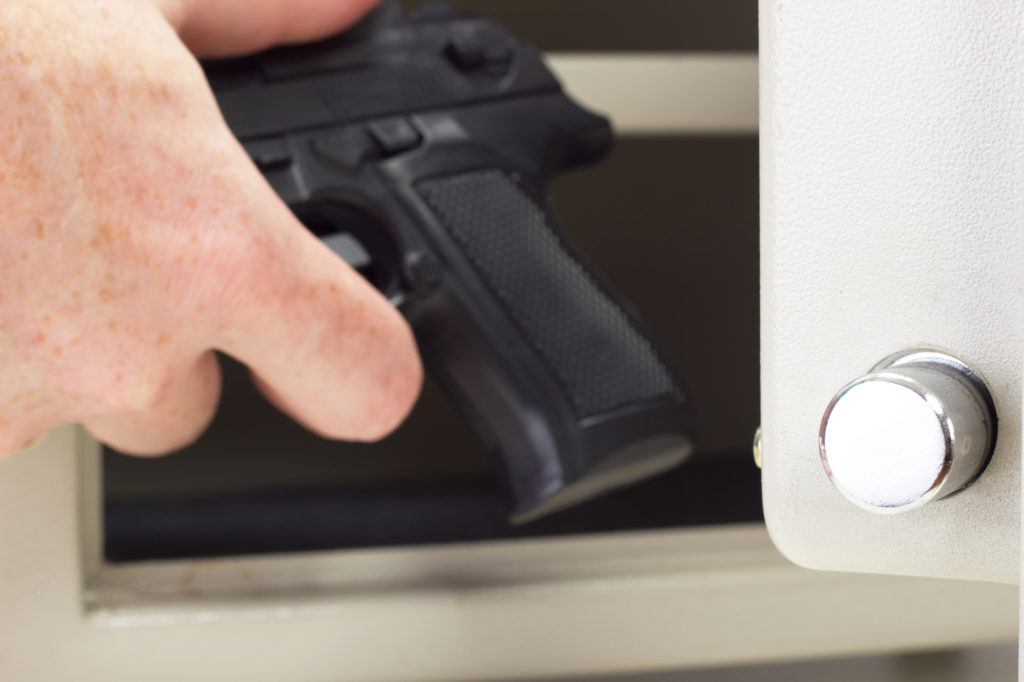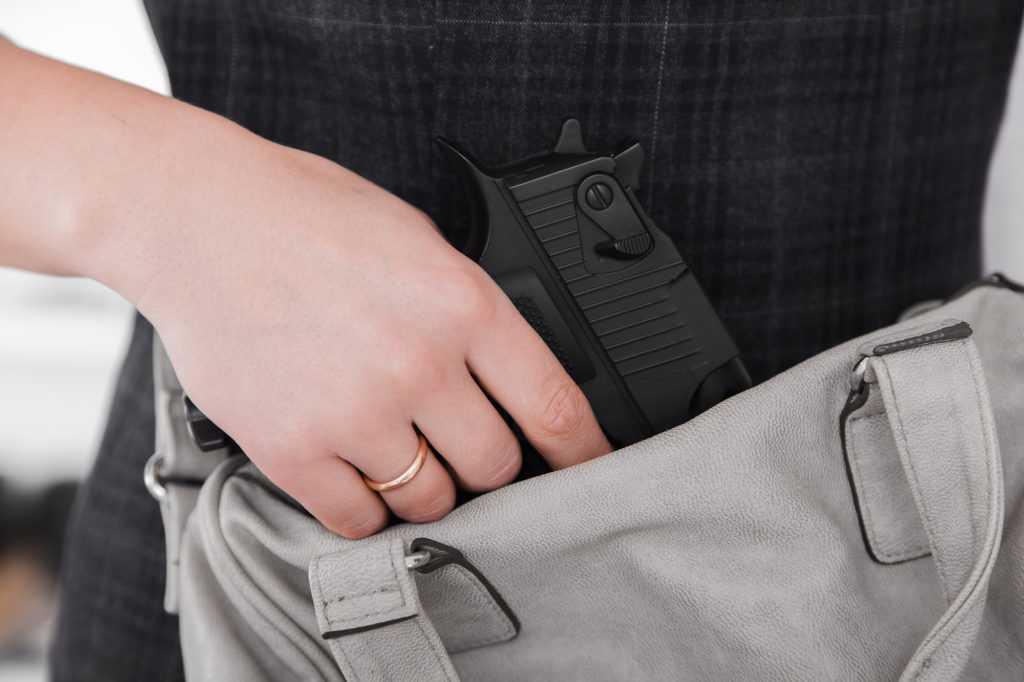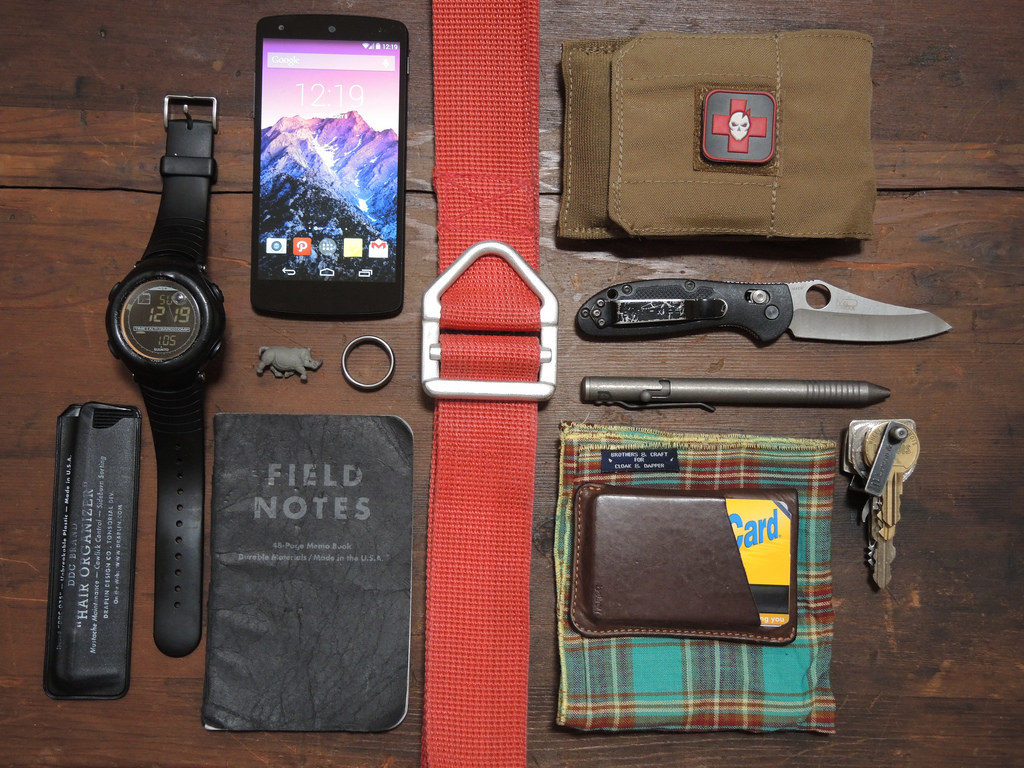In the world of firearms training and safety training, we prefer to refer these tools as firearms or guns, not weapons. The idea is that the firearm is not a weapon until it is picked up by a human with ill intent. This preference cuts against the grain of police or military members who were trained extensively to use the term weapon to refer to a firearm.

Without diving into this particular controversy, I will say that in some respects the connotation of “weapon” has some value, especially when talking about two significant issues in the world of firearms that deserve more attention. In the context of firearm safety, I am talking about child safety and suicide.
Many of the most tragic stories involving firearms involve the accidental death of a child. Often, the story goes along the lines of a young person found a gun lying around, it was loaded, and the child re-enacted what he or she has seen on grown-up shows on TV and pointed it at someone and pulled the trigger.
Sometimes media reports such an incident as an “accidental shooting”, but despite the fact that it was merely a child that (perhaps) intentionally pulled the trigger, I still prefer to call a situation like this a negligent discharge. The owner of the firearm was negligent in leaving a loaded gun where it was accessible by a child.
I have always taught the *critical* importance of ensuring that firearms are always secure (e.g. in a locked container) and stored unloaded and in a safe condition. In addition, I enthusiastically support the principles found in the NRA’s Eddie the Eagle program for younger children. Those principles teach children that if they were to find what looks like a gun, they should:
- Stop
- Don’t Touch
- Leave the Area
- Tell a Responsible Adult.
For older children, I also enthusiastically support the idea of teaching them firearm safety. Allowing them to handle the guns in a safe, controlled environment, learn the basics of shooting, and especially, learn the basic gun safety rules:
- Always point the gun in a safe direction
- Always keep your finger off the trigger until ready to shoot
- Always keep the gun unloaded until ready to use
If these basic tenets were taught frequently and strictly adhered to, “accidents” would virtually be eliminated – at least those caused by the negligence of the owner.
Of all the types of firearm related injury or death, by far the most common category is suicide. In Utah between 2010 and 2014, 86% of firearm deaths were suicide. It is very unfortunate when a person finds themselves in a situation where there seems to be no hope. Hard times can happen to anybody, and hard times can quickly get away from anyone and grow to something that seems out of control. Frequently, when a person attempts suicide it is really just a call for help – and it is a call that should be answered!
Suicide is most often a hasty decision – in nearly half of unsuccessful suicide attempts the person admitted to considering suicide for 10 minutes or less! Removing an easy, quick, and seemingly painless method could save a life.
Therefore, if there is someone within your sphere of influence who has fallen on hard times mentally and/or emotionally, it is completely appropriate to reach out, offer support, and ask if they would like you to hold their firearms for them – at least until they are feeling better. An early intervention like this can mean the whole world to a person with problems that seem bigger than what they can chew.


